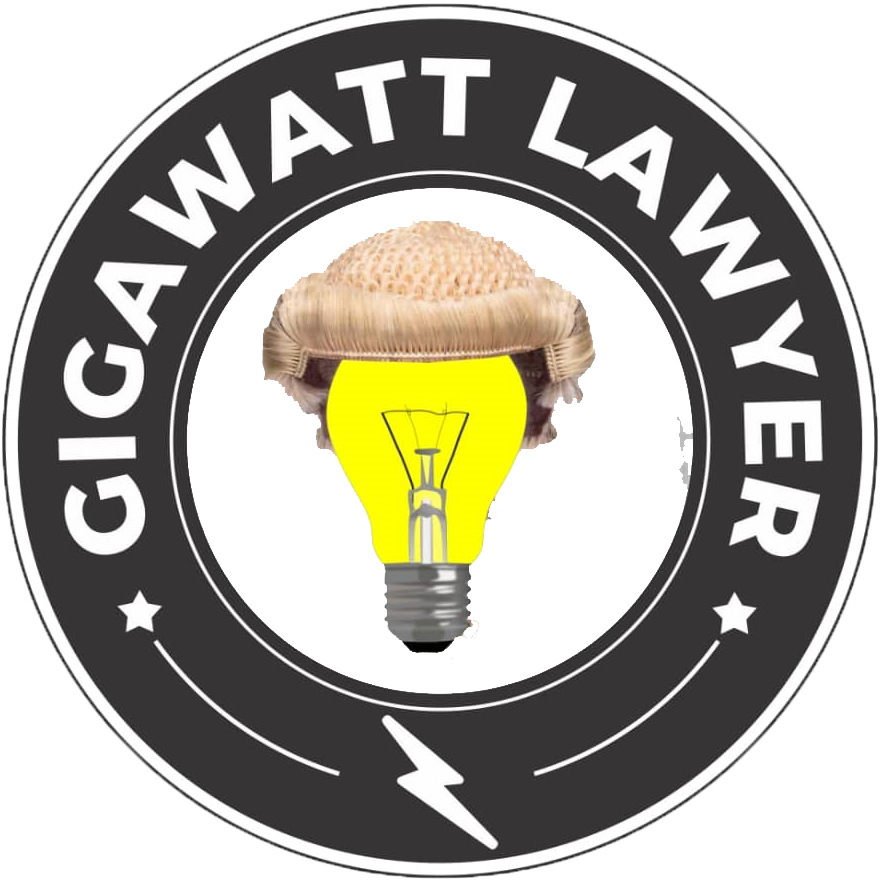When you hear the name Niger Delta Development Commission (NDDC), you probably think of oil, pipelines, and money meant for development projects that sometimes vanish faster than NEPA light.
Now, step aside, Niger Delta — the North has its own version: the National Hydroelectric Power Producing Areas Development Commission (N-HYPPADEC). That’s a mouthful, so let’s just call it En-Hype-pa-dec. Sounds like an energy drink, but it’s actually a creature of law, birthed by Part VIII of the Electricity Act 2023.
So why does the North need its own commission? Two words: Hydro. Dams.
Why N-HYPPADEC Exists
Section 82(1) of the Act declares:
“There is established the National Hydroelectric Power Producing Area Development Commission (N-HYPPADEC), which shall be a body corporate with perpetual succession and a common seal, and may sue and be sued in its corporate name.”
In plain English: It’s a government body, it has a stamp, it never dies, and yes, you can drag it to court if things go south.
But what’s the point? Simple: Dams are great for electricity but terrible for the people living nearby. They cause flooding, soil erosion, displacement, and environmental wahala. So, N-HYPPADEC is the government’s way of saying:
“Sorry for flooding your farm… here’s a Commission to fix things.”
The Commission’s Hustle (a.k.a. Functions)
Section 89(1) of the Act gives N-HYPPADEC a long to-do list, including:
- Policy & Planning:
“Formulate policies and guidelines for the development of hydroelectric power-producing areas…”
Translation: Write policies that (hopefully) go beyond paper.
- Projects & Programmes:
“…conceive, plan and implement… projects and programmes for the development of hydroelectric power producing areas.”
Think roads, boreholes, clinics, rural electrification — not just committee meetings.
- Surveys & Schemes:
“…carry out a survey… and prepare schemes designed to promote physical development…”
Or as Nigerians call it: “data collection.”
- Fixing Ecological Wahala:
“…tackle ecological problems that arise from overloading of dams… and advise Federal and State Governments on the prevention and control of floods…”
In short: when the dam overflows, call N-HYPPADEC before Noah’s Ark returns.
- Watch the Money:
“…assist and report on any project… and ensure that funds released… are properly utilised.”
If you read this with a straight face, you’re stronger than most Nigerians.
Who Runs N-HYPPADEC?
Like every Nigerian agency, N-HYPPADEC is heavy on structure (because more offices = more allowances).
- Headquarters: Section 83 — Minna, Niger State. Hydro capital.
- Governing Council: Section 84 — includes a Chairman, reps from affected states (Benue, Gombe, Kaduna, Kebbi, Kogi, Kwara, Nasarawa, Niger, Plateau, Taraba), plus reps from Federal Ministries (Power, Environment, Water Resources, Finance).
- Rotating Chairman: Section 84(3) — the office of Chairman “shall rotate among the member States… in alphabetical order.”
Alphabetical order! Only in Nigeria do we solve politics with the alphabet. Benue goes first, then Kebbi, Kogi, Niger… you get the gist.
- Directorates: Section 90 — Finance & Admin, Operations, Engineering, Community & Rural Development, Legal Services, and Planning & Research.
Basically, it’s a full-fledged civil service machine.
Show Me the Money 💰
Section 95(2) lists where N-HYPPADEC’s cash comes from:
- 10% of revenue from companies operating hydro dams in member states.
- 50% of ecological funds due to those states.
- 5% of revenue from GENCOs in member states (for host community development).
- Federal Government budget allocations.
- Grants, gifts, loans (aka, “foreign donors, abeg support us”).
So, the money is there. Whether it will reach the communities or disappear faster than a recharge card? That’s the million-naira question.
Accountability, At Least on Paper
Sections 99–101 try to keep things clean:
- Annual budgets and estimates must go to the President.
- Accounts must be audited within six months after each year.
- Quarterly and yearly reports must be submitted (and even tabled before the National Assembly).
And Section 102 establishes a Monitoring Committee (appointed by the President) to keep watch over funds and projects.
Sounds airtight, right? Well, Nigerians know that in practice, “monitoring” can mean a committee writing big English reports nobody reads. But let’s stay optimistic.
Why You Should Care
If you’re from Benue, Kogi, Niger, Kwara, Plateau, Taraba, Gombe, Kaduna, Kebbi, or Nasarawa, this directly affects you. N-HYPPADEC is literally about your communities.
If you’re not? Well, the power lighting your room may come from these dams. Neglect the host communities, and you risk unrest or disruptions that can knock off the national grid (again).
In short: N-HYPPADEC isn’t just a “northern affair.” It’s about national stability.
The Verdict
To wrap up, let’s be honest: N-HYPPADEC is basically the North’s answer to the NDDC. Same concept, different natural resource.
The Electricity Act 2023 has laid out the structure, functions, and money flow clearly. On paper, it’s beautiful — a commission that fixes floods, uplifts communities, and ensures fairness.
The real test, however, is whether N-HYPPADEC will live up to its mandate or become another Nigerian agency where the most efficient department is the Allowance Collection Unit.
For now, we wait — and watch. Because when it comes to Nigerian development commissions, the law gives them wings… but delivery? That’s another matter entirely.




